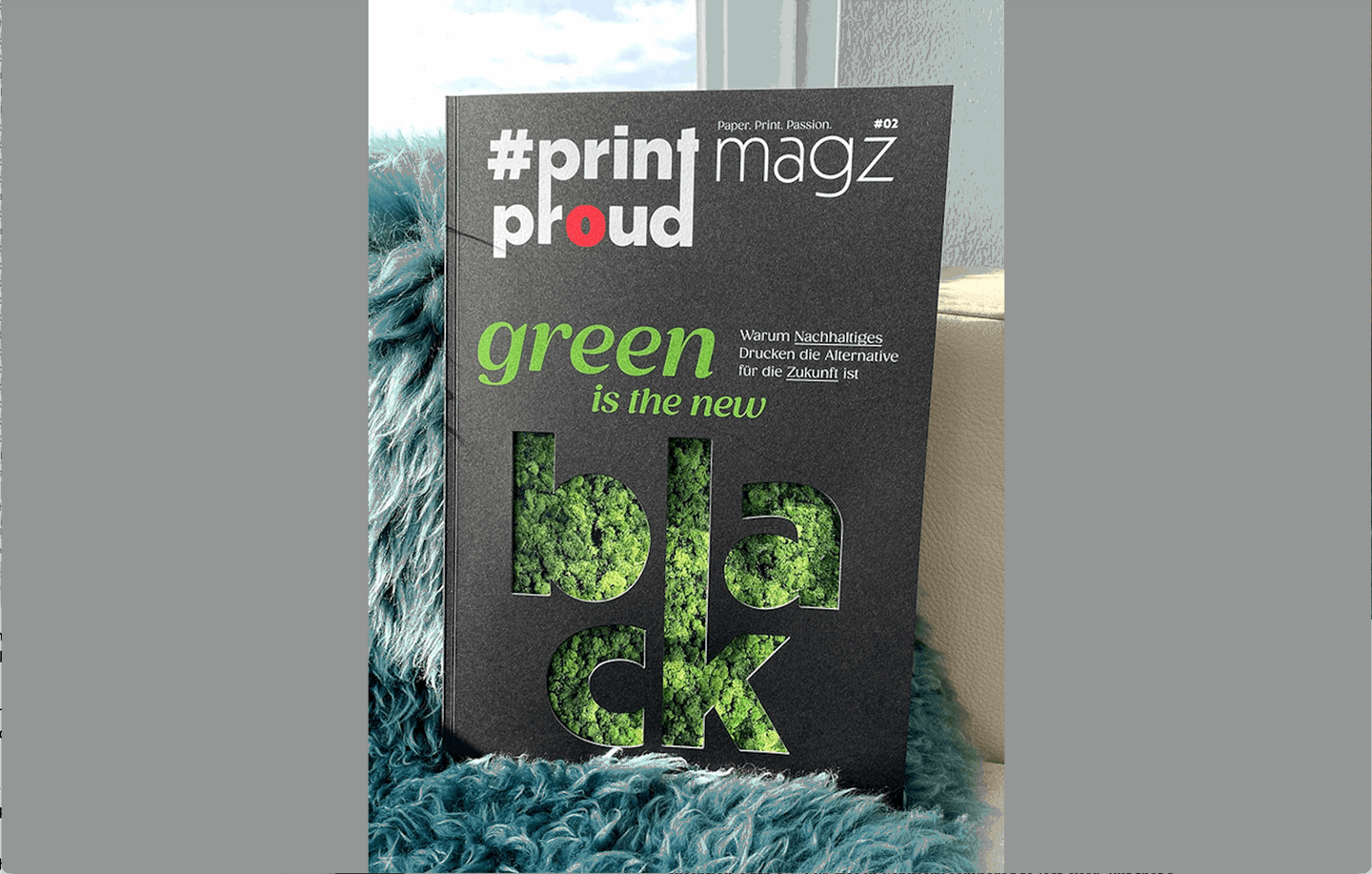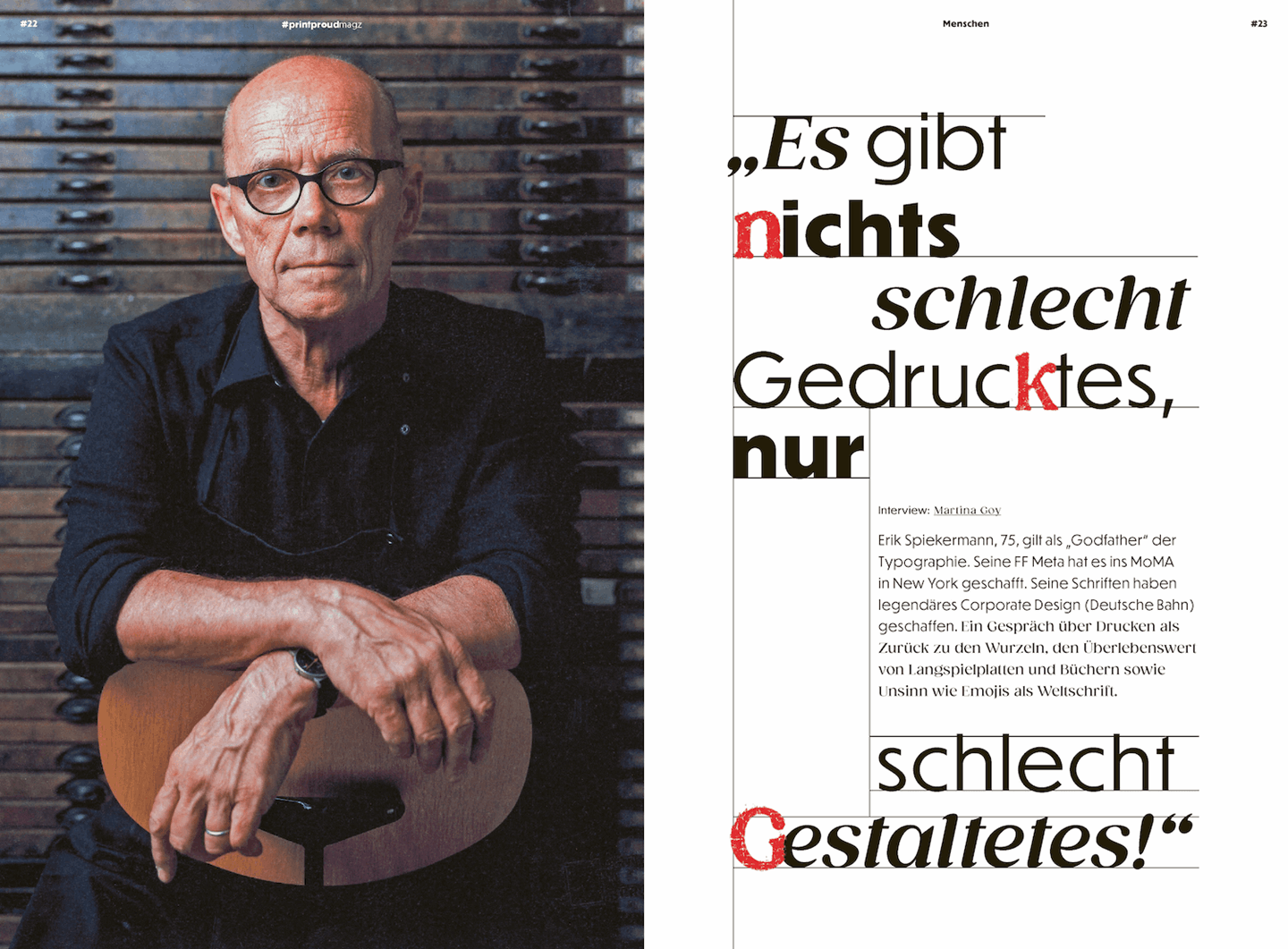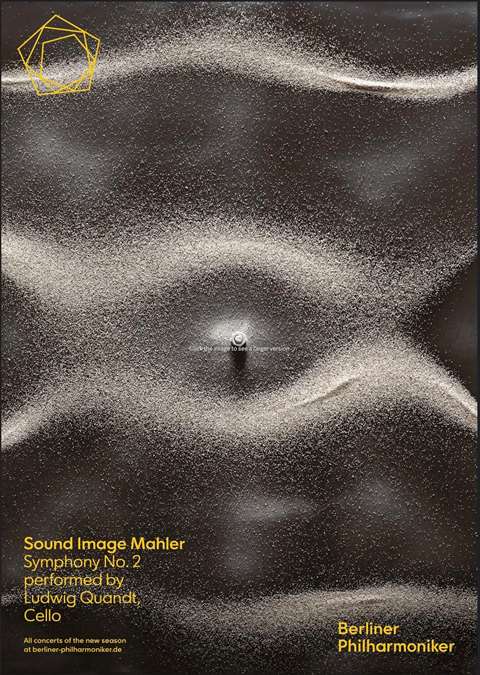We notice a reluctance among advertising and media agencies to talk about print advertising. Is that also true for Germany?
We do sometimes observe a certain reluctance among potential customers. But I don't think that print has a fundamental problem of perception. At least not for those who grew up with it. However, it’s obvious that younger planners and marketing decision-makers in particular rely on digital channels more frequently than older colleagues. Which is understandable as they are digital natives.
However, these reservations are only superficial, because the advertising medium advantages of print have been sufficiently researched and are well known. Large agencies are still well advised to empower their strategists, planners and accounts to look across all channels. But... it is sometimes easier to make a decision that’s not questioned by everyone, but is waved through by decision-makers and customers without hesitation. In my opinion, anyone who supports a print campaign is often questioned more critically. But print performance and effectiveness is trackable and, in some cases, can have a significantly better ROI than its online counterparts.
But let's not fool ourselves: Even a CMO prefers to present the board with detailed data from online marketing, all of which can be more easily tracked. When it comes to print, we have to accept that not everything can be tracked campaign-specifically.
Finally, has there been any recent research in Germany that shows the effectiveness of print advertising, direct mail or other print media?
From my point of view, in the past 15 years there has been nothing new or ground-breaking in print research. The qualities of print are well known and have the same validity as ever. There are three things that have changed in print’s favour:
1) The need for reliable media, as mentioned above. Traditional media like print relies on high quality journalistic standards. Other genres like TV and/or radio, also benefit from this.
2) Oversaturation with online formats: e-commerce, newsletters, news apps, out-of-home media, gamification approaches... they combine to form a veritable overload of information leading to more and more people wanting a digital detox. Classic print products are a haven of peace in comparison.
3) Regulation: With GDPR (General Data Protection Regulation), the digital industry was effectively prohibited from sending people personalised advertising without their explicit consent. Also-called ‘double-opt-in’, this has been a requirement since 2021. This does not apply to print - I can target a named person by post at any time. And if I then combine this postal mailing with a print product that is particularly appealing to the touch... et voila!
Sources:







